A Journey Through Italy’s Ceramics Heritage at MIC Faenza
Imagine walking into a space where more than 60,000 works of ceramics span from 4000 B.C. to today’s art scene. That’s what you get at the International Museum of Ceramics (MIC) Faenza in Emilia-Romagna. For just $14, you gain access to an expansive, well-curated collection, making it one of the most affordable ways to explore Italy’s craftsmanship and global ceramic traditions. The experience lasts a full day, but the real highlight is the chance to absorb centuries of artistic evolution, from ancient civilizations to contemporary art by renowned artists like Picasso and Chagall.
What we love most about this museum is its comprehensive scope—the sheer variety of ceramics, from delicate Chinese porcelain to bold Italian majolica, impresses even seasoned travelers. Plus, the museum’s layout, divided into sixteen sections, allows you to focus on specific regions and eras, helping you connect the dots of ceramic history in a logical, engaging way. That said, the vastness can be a double-edged sword: without a guided tour, it’s easy to feel a bit overwhelmed trying to absorb everything at your own pace. Still, if you’re passionate about art, history, or design, MIC Faenza offers real value.
This experience suits anyone with a curiosity about material culture, from seasoned collectors to casual travelers looking for an authentic glimpse into Italy’s artistic legacy. It’s especially rewarding for those interested in how ceramics connect across cultures and centuries. Whether you’re into medieval majolica, Islamic art, or modern sculpture, the museum’s diversity makes it a perfect stop on your Italian itinerary.
Key Points
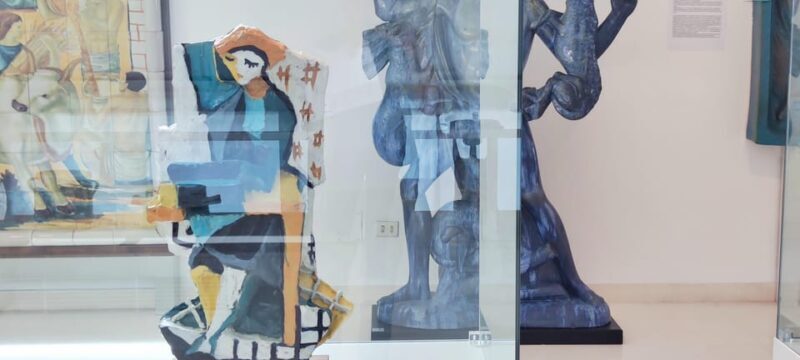
- Extensive Collection: Over 60,000 ceramic works covering 4,000 years.
- Diverse Eras and Cultures: From pre-Columbian to modern European art.
- Educational Layout: Sixteen sections guide you through history and regions.
- Affordable Price: $14 offers access to a museum of worldwide significance.
- Guided or Self-Guided: Knowledgeable guides enhance the experience, but you can explore independently.
- Wheelchair Accessible: Designed to be inclusive and accommodating.
In-Depth Review of MIC Faenza’s Collection
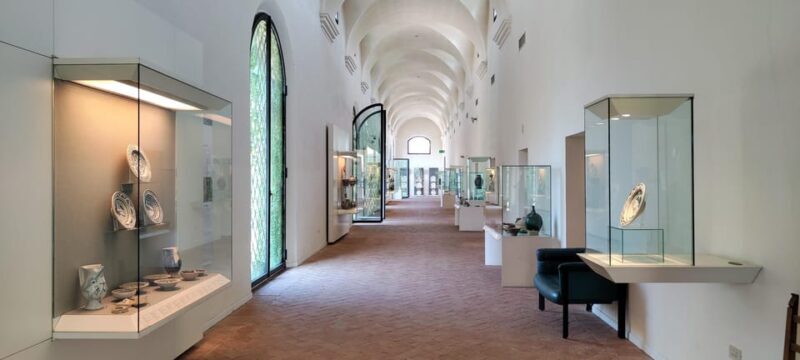
Walking into MIC Faenza, you immediately sense the importance placed on ceramics as both art and cultural artifact. The museum, founded in 1908, has accumulated a collection that truly reflects the global importance of ceramics. From the moment you start, it’s evident that this is no ordinary museum—it’s a treasure chest of human creativity across millennia.
Planning more time in Faenza? We've covered other experiences worth considering.
The Ground Floor: East Meets West in Porcelain
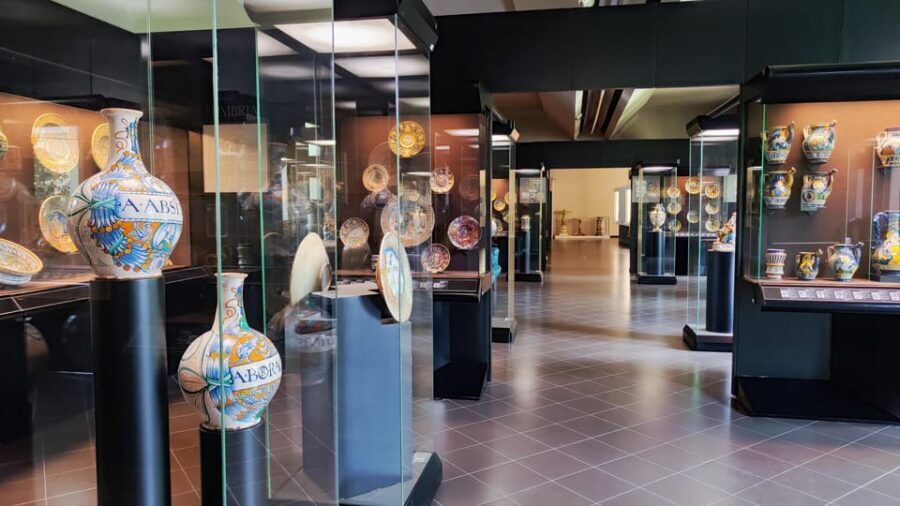
On the ground level, the focus is on porcelain from the Far East, which arrived in Europe through the famous “Porcelain Route”. These exquisite pieces, some originating from Marco Polo’s era and beyond, illustrate how Chinese ceramics influenced Western decoration styles. We found ourselves captivated by the fine details and pristine craftsmanship. Many visitors remark that this section “really transports you to ancient China,” highlighting its visual impact.
Pre-Columbian and Ancient Civilizations
Next, the museum showcases pre-Columbian ceramics—around two hundred objects from Mexico, Central, and South America. Several reviews mention a sense of rarity and historical significance, with one visitor noting, “Some pieces are so unique you feel privileged to see them in person.” The collection’s diversity gives an intimate glimpse into indigenous cultures, emphasizing their artistry and storytelling through ceramics.
Further along, Ancient Near East, Egyptian, Greek, and Roman ceramics depict the long-standing human relationship with clay. These pieces reveal the technological and artistic innovations of their time, making this section particularly enlightening for anyone interested in early civilizations.
The Heart of Faenza: The Renaissance and Baroque Majolica
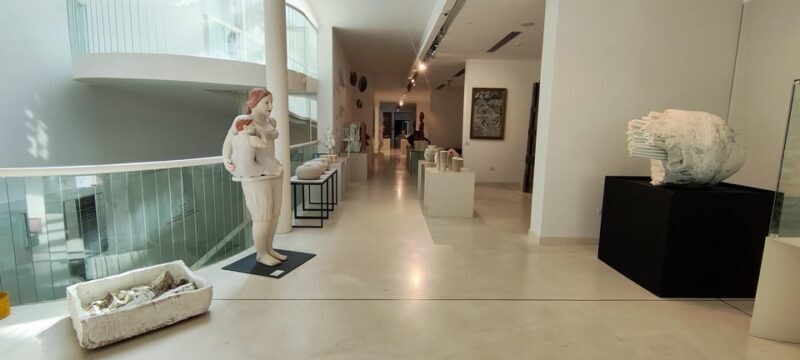
Moving upstairs, the focus shifts to Faenza ceramics—the museum’s namesake and pride. Starting from the medieval period, the collection showcases medieval and Renaissance majolica, especially the famous “Faenza Whites”. We appreciated the detailed explanation about how mid-1500s Faenza production became so influential that “Faience” became a term for majolica worldwide.
The Italian Renaissance majolica section stands out with its vibrant, historiated pieces from Urbino, Gubbio, Deruta, Venice, and Tuscany. The Medici porcelain cup is a highlight—an incredible example of Renaissance experimentation with porcelain. Visitors often comment on how this section vividly demonstrates Italy’s regional artistic identities, making it both educational and visually stunning.
More Great Tours NearbyModern and Contemporary Ceramics
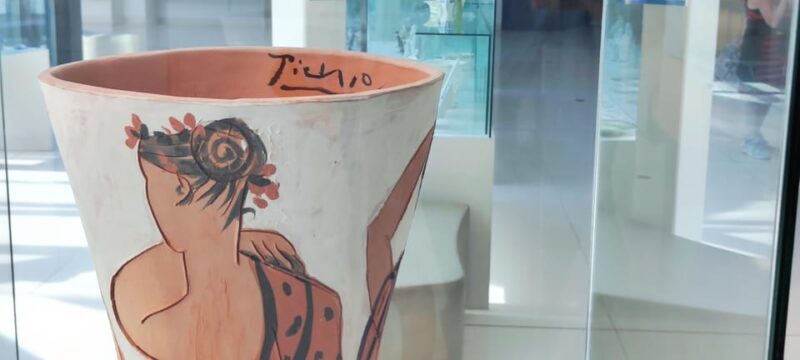
The upper floors are dedicated to ceramics from 1600 to 1800, organized regionally, but the true modern highlights come from the 20th-century collection. Here, you’ll find Futurist, Art Nouveau, and Art Deco pieces, alongside works by famous artists like Picasso, Chagall, and Matisse. Arturo Martini, Fontana, Leoncillo, and Burri also feature prominently, illustrating how ceramics evolved into a medium for modern sculpture and experimental art.
Many reviews mention that “seeing Picasso’s ceramics up close was a real surprise,” underscoring the collection’s prestige. The diversity of styles and eras makes this section particularly appealing to travelers interested in how artistic movements influence ceramics.
Practical Details and Visiting Tips
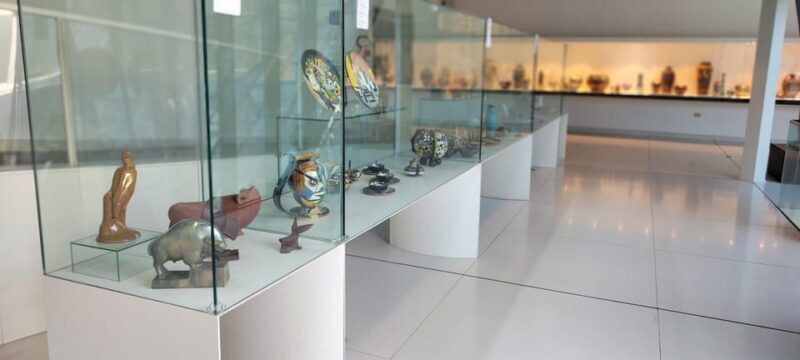
The price of $14 is remarkably affordable considering the depth of the collection. For an extra 2 euros during temporary exhibitions, you get access to special displays, which many visitors find worthwhile. The museum offers a self-guided experience, allowing you to explore at your own pace, but guided tours (if available) are highly recommended for deeper insights—particularly from Italian hosts who can add context to the exhibits.
The layout is wheelchair accessible, making it inclusive for all visitors. The museum is open for a single day, but with so much to see, plan on spending at least 2-3 hours to enjoy the highlights without rushing. The starting times vary, so it’s wise to check availability ahead of your visit.
Transportation to the museum is straightforward; it’s centrally located in Faenza, a city renowned for its ceramics tradition. Many visitors comment that the museum’s location makes it easy to combine with a walk through Faenza’s historic streets or a visit to local ceramic workshops.
Authentic Experiences and Visitor Insights
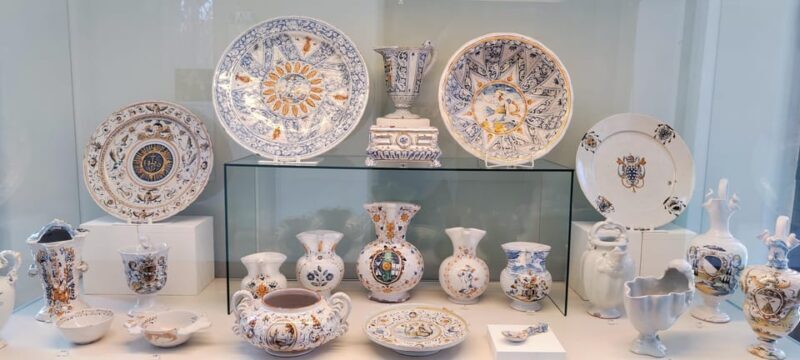
Visitors consistently praise the knowledgeable guides and the clarity of the explanations, which help bring the exhibits to life. One review mentions, “Our guide, Marco, knew everything about Faenza ceramics and made the history so engaging,” highlighting the value of expert commentary. Even those exploring independently find the museum’s clear signage and thematic organization helpful.
Several travelers note that the museum exceeds expectations in its scope and quality. One remarked, “For €14, I felt I experienced a museum of world importance. It’s a must for anyone into ceramics or Italian craftsmanship.” Others appreciate the balance of ancient and modern works, finding it a rundown that appeals to various interests.
Who Should Visit MIC Faenza?
This museum is ideal for art lovers, especially those passionate about ceramics, design, and craft history. It’s equally suited for families, students, and seasoned collectors wanting an authentic, in-depth look at a material that’s woven into human civilization. If you’re traveling through Emilia-Romagna or planning a dedicated ceramics-focused day, MIC Faenza offers extraordinary value.
Given the affordable price point and ample collection, it’s perfect for travelers seeking a meaningful cultural experience without a hefty price tag. The guided options and detailed exhibits make it especially rewarding for those eager to learn and appreciate the craftsmanship behind every piece.
The Sum Up
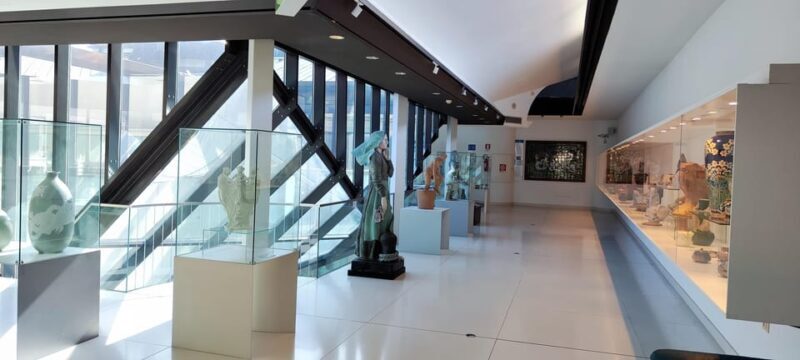
In sum, MIC Faenza is more than just a museum—it’s a comprehensive archive of human creativity in ceramics. The combination of diverse collections, historical significance, and expert-guided insights makes it a standout in Italy’s cultural landscape. Whether you’re a casual visitor or a dedicated art enthusiast, you’ll find something to inspire and inform.
For those with a genuine interest in how ceramics reflect cultural identities and artistic movements, this visit will deepen your appreciation for a craft often overlooked. The well-organized sections, approachable price, and inclusive design mean everyone can enjoy the story carried by these ancient and modern works.
If you’re in Faenza or nearby, don’t miss the chance to explore this vault of human craftsmanship. It’s a chance to see history made tangible—and to walk away with a new understanding of how clay and glaze can tell stories that have traveled across continents and centuries.
FAQs
Is the ticket valid for just one day?
Yes, the ticket is valid for one day only. Be sure to check the availability for your preferred starting time.
How much does it cost to visit MIC Faenza?
The standard ticket price is $14 per person, which is quite reasonable given the extensive collection.
Are there guided tours available?
The experience might include guides or greeters, especially if you opt for a guided visit. The reviews highlight the value of knowledgeable guides, but the ticket itself is for a self-guided experience.
Can I see temporary exhibitions with my ticket?
Yes, during temporary exhibitions, there is an additional charge of 2 euros, but visits to these exhibitions are included with the admission ticket.
Is the museum accessible for wheelchair users?
Absolutely. The museum is wheelchair accessible, making it welcoming for all visitors.
What is the duration of the visit?
Most visitors spend around 2-3 hours exploring the exhibits, but you can tailor your visit depending on your interest level.
Is transportation to Faenza complicated?
Faenza is easy to reach, and the museum’s central location makes it a convenient stop if you’re exploring Emilia-Romagna.
What kind of ceramics can I expect to see?
Expect to see everything from ancient Chinese porcelain and pre-Columbian works to Renaissance majolica and modern abstract sculptures by masters like Picasso and Fontana.
Are family visits suitable here?
Yes, the museum’s wide-ranging exhibits and inclusive design make it suitable for visitors of all ages interested in art and history.
Would this experience suit someone not particularly into art?
While the collection is art-heavy, the visual impact of ancient and modern ceramics can appeal to anyone curious about craftsmanship and cultural history.
To sum it up, MIC Faenza offers a captivating snapshot of ceramics as a universal language of art. Its affordability, scope, and depth make it an essential stop for anyone eager to understand Italy’s artistic traditions or explore global ceramic heritage. Whether you’re a history buff, an art lover, or simply curious, this museum will leave you with a new appreciation for clay, glaze, and human ingenuity.
You can check availability for your dates here: